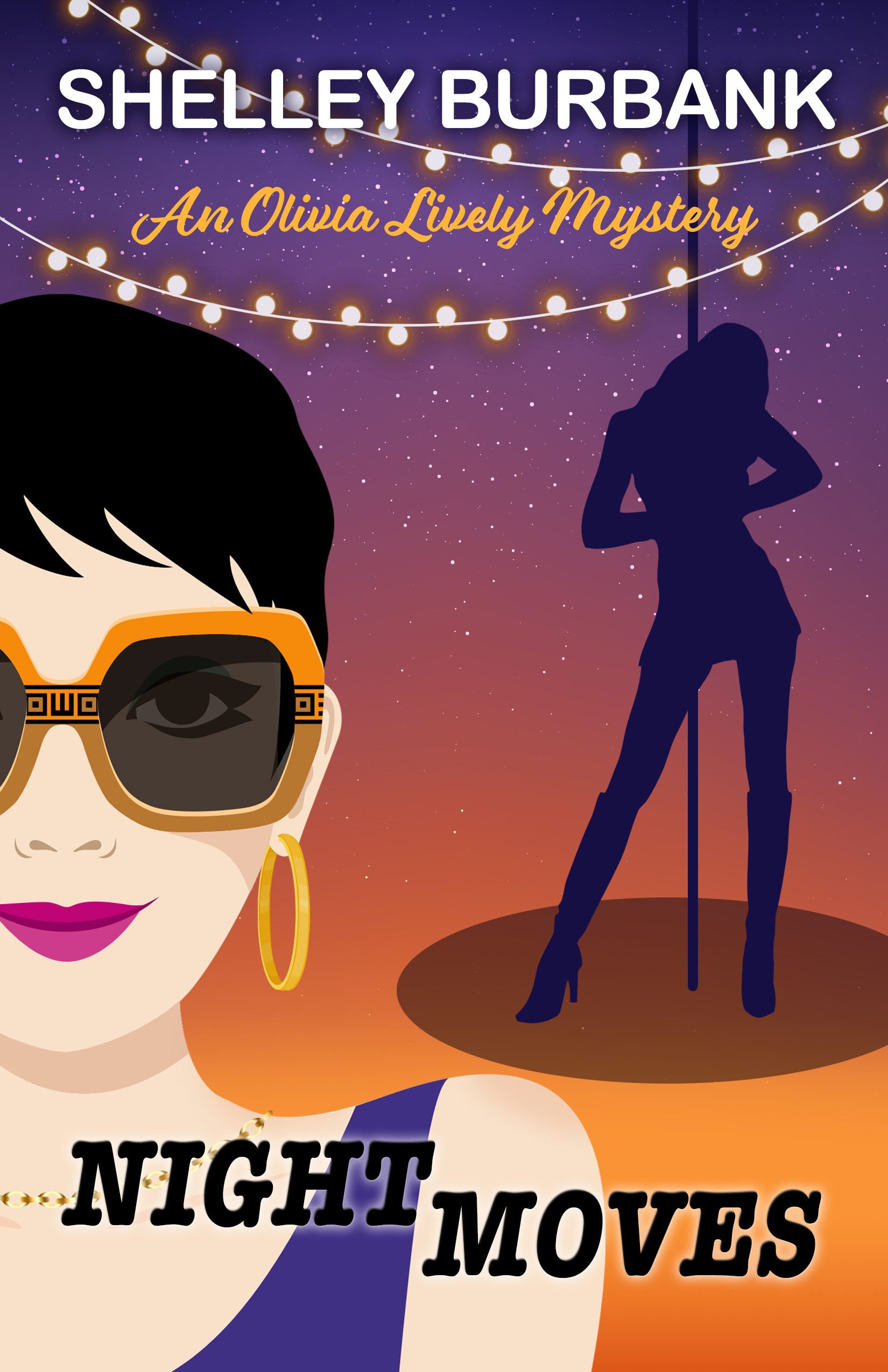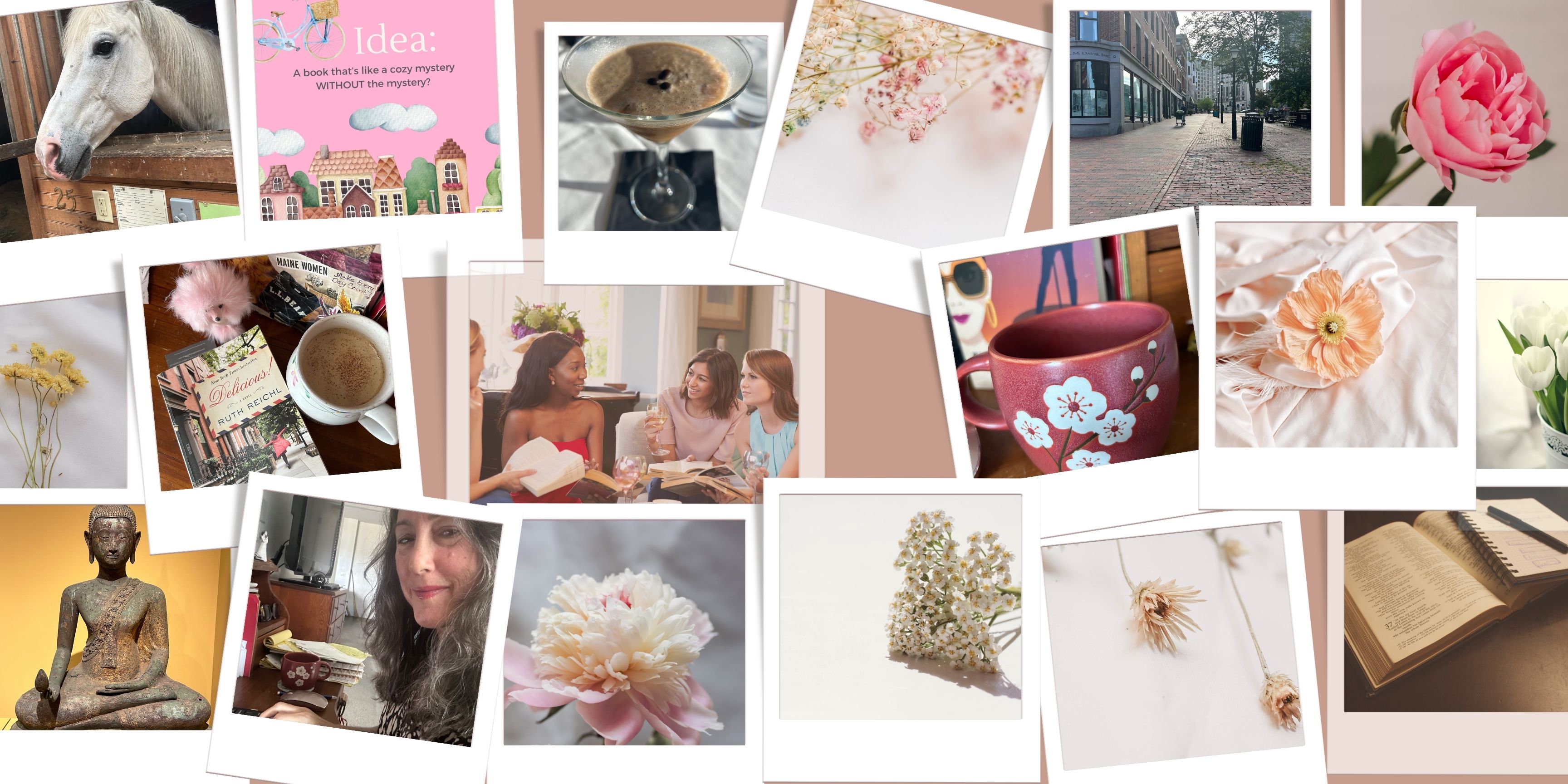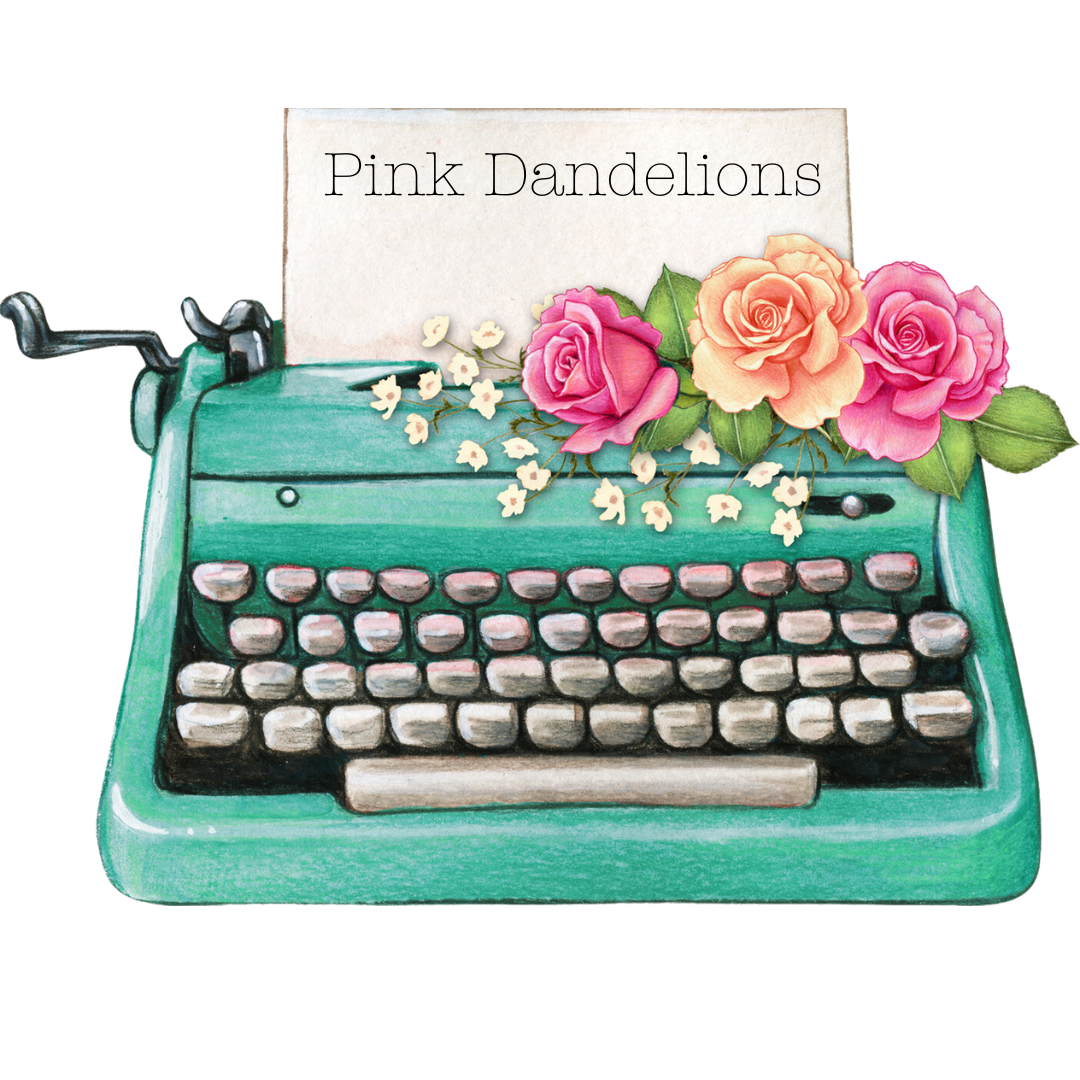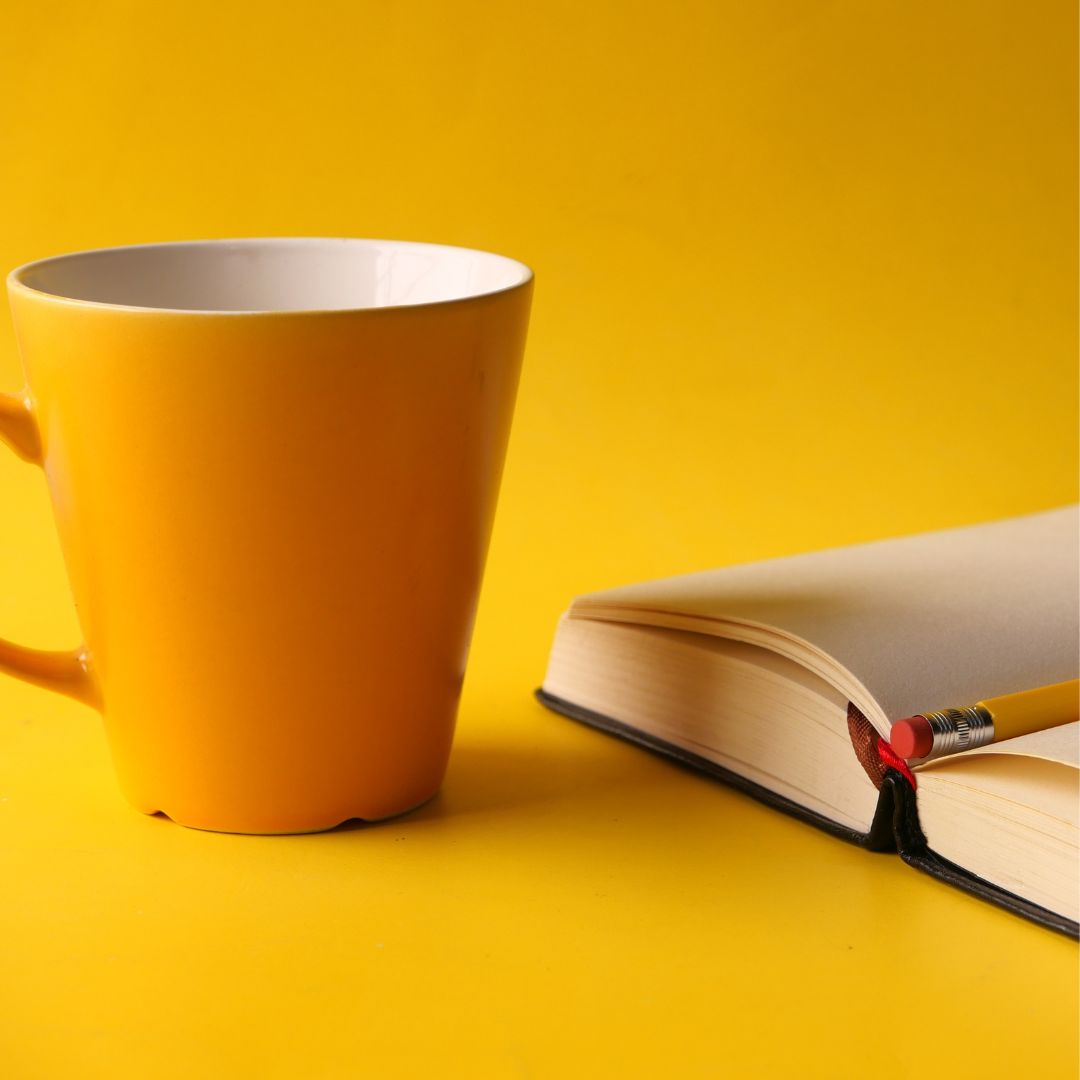Women's Fiction & Mystery
Shelley Burbank

Shelley is a women's fiction and mystery author based in Maine and Guam. Her short fiction has been published in SAN DIEGO WOMEN MAGAZINE, THE MAINE REVIEW, and the mystery anthology, CRIME UNDER THE SUN. Shelley's debut mystery novel FINAL DRAFT: An Olivia Lively Mystery was published by Encircle Publications, a traditional small press, in March 2023. The second book in the series, NIGHT MOVES, came out in August 2024. Learn more about her adventures in writing, reading, travel, and creating a beautiful life on her blog, SHELLEY'S WRITING JOURNAL and in her free, monthly author newsletter dedicated to creativity and purpose, PINK DANDELIONS.
Learn MoreWriting

FINAL DRAFT: An Olivia Lively Mystery, Book 1
Sin, suffer… stakeout? While untangling an academic plagiarism case involving a well-known author and his troubled protege, private investigator Olivia Lively learns that when it comes to life, love, and authorship, the lines can get pretty fuzzy.
Mystery
·
Romantic Suspense
·
Olivia Lively Mystery

NIGHT MOVES: An Olivia Lively Mystery, Book 2
It’s a sticky summer in Portland, Maine, and in the heat of a murder investigation, Liv discovers that often the most complex relationship a woman has is the one with herself.
Mystery
·
Olivia Lively Mystery
·
Romantic Suspense

"She's smart, confident . . . gutsy and cute as hell. I thoroughly enjoyed this light mystery novel and can't wait for the next escapade."
— Eileen, Verified Amazon Reviewer
Links

Substack Newsletter
Shelley's free, monthly newsletter covering writing, books, creativity, purpose, and nurturing your own beautiful life.

Shelley's Writing Journal
A more personal online writing journal about stories in progress & life.

Type M for Murder
I write every other week on Type M for Murder. Here is one example.

"Boasting a wonderful cast of characters, engaging dialogue, and visually descriptive narrative... delightfully entertaining series."
— Dru Ann Love of DRU'S BOOK MUSINGS
Social
@shelleyburbankauthor
@shelleyburbankauthor
@shelleyburbank.bsky.social